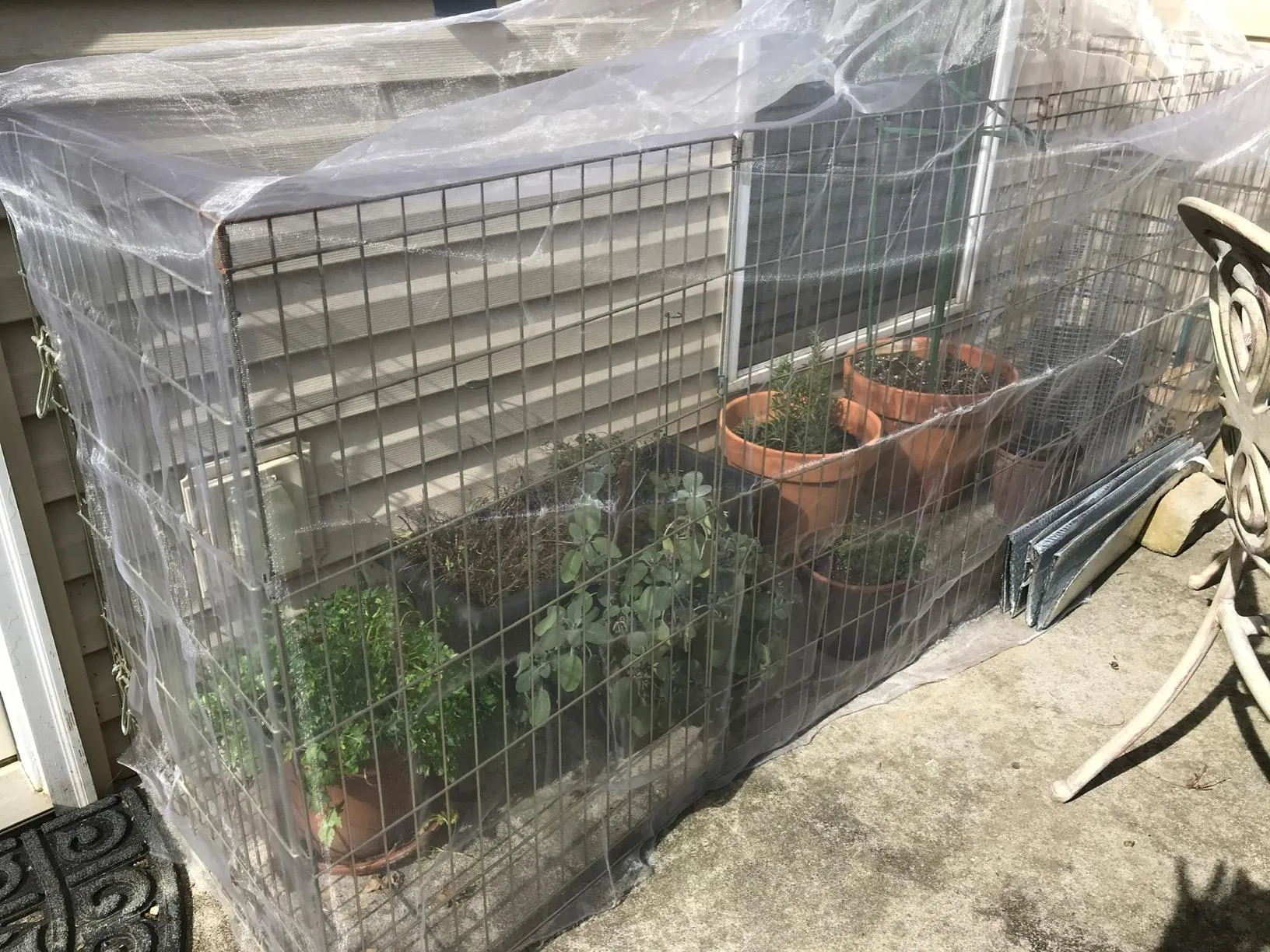-
 Afrikaans
Afrikaans -
 Albanian
Albanian -
 Amharic
Amharic -
 Arabic
Arabic -
 Armenian
Armenian -
 Azerbaijani
Azerbaijani -
 Basque
Basque -
 Belarusian
Belarusian -
 Bengali
Bengali -
 Bosnian
Bosnian -
 Bulgarian
Bulgarian -
 Catalan
Catalan -
 Cebuano
Cebuano -
 China
China -
 Corsican
Corsican -
 Croatian
Croatian -
 Czech
Czech -
 Danish
Danish -
 Dutch
Dutch -
 English
English -
 Esperanto
Esperanto -
 Estonian
Estonian -
 Finnish
Finnish -
 French
French -
 Frisian
Frisian -
 Galician
Galician -
 Georgian
Georgian -
 German
German -
 Greek
Greek -
 Gujarati
Gujarati -
 Haitian Creole
Haitian Creole -
 hausa
hausa -
 hawaiian
hawaiian -
 Hebrew
Hebrew -
 Hindi
Hindi -
 Miao
Miao -
 Hungarian
Hungarian -
 Icelandic
Icelandic -
 igbo
igbo -
 Indonesian
Indonesian -
 irish
irish -
 Italian
Italian -
 Japanese
Japanese -
 Javanese
Javanese -
 Kannada
Kannada -
 kazakh
kazakh -
 Khmer
Khmer -
 Rwandese
Rwandese -
 Korean
Korean -
 Kurdish
Kurdish -
 Kyrgyz
Kyrgyz -
 Lao
Lao -
 Latin
Latin -
 Latvian
Latvian -
 Lithuanian
Lithuanian -
 Luxembourgish
Luxembourgish -
 Macedonian
Macedonian -
 Malgashi
Malgashi -
 Malay
Malay -
 Malayalam
Malayalam -
 Maltese
Maltese -
 Maori
Maori -
 Marathi
Marathi -
 Mongolian
Mongolian -
 Myanmar
Myanmar -
 Nepali
Nepali -
 Norwegian
Norwegian -
 Norwegian
Norwegian -
 Occitan
Occitan -
 Pashto
Pashto -
 Persian
Persian -
 Polish
Polish -
 Portuguese
Portuguese -
 Punjabi
Punjabi -
 Romanian
Romanian -
 Russian
Russian -
 Samoan
Samoan -
 Scottish Gaelic
Scottish Gaelic -
 Serbian
Serbian -
 Sesotho
Sesotho -
 Shona
Shona -
 Sindhi
Sindhi -
 Sinhala
Sinhala -
 Slovak
Slovak -
 Slovenian
Slovenian -
 Somali
Somali -
 Spanish
Spanish -
 Sundanese
Sundanese -
 Swahili
Swahili -
 Swedish
Swedish -
 Tagalog
Tagalog -
 Tajik
Tajik -
 Tamil
Tamil -
 Tatar
Tatar -
 Telugu
Telugu -
 Thai
Thai -
 Turkish
Turkish -
 Turkmen
Turkmen -
 Ukrainian
Ukrainian -
 Urdu
Urdu -
 Uighur
Uighur -
 Uzbek
Uzbek -
 Vietnamese
Vietnamese -
 Welsh
Welsh -
 Bantu
Bantu -
 Yiddish
Yiddish -
 Yoruba
Yoruba -
 Zulu
Zulu
Exploring the Benefits and Techniques of Hawk Netting in Wildlife Conservation
The Art of Hawk Netting A Sustainable Approach to Bird Conservation
Hawk netting, a specialized technique used primarily in avian studies, is an essential method for researchers and conservationists focused on the health and sustainability of bird populations. As natural habitats shrink and human activities increase, understanding the migratory patterns and behaviors of birds, particularly raptors like hawks, is more crucial than ever. This article explores the intricacies and benefits of hawk netting in the realm of bird conservation.
Hawk netting involves the use of fine mesh nets strategically placed in areas where hawks are known to frequent, especially during migration periods. The aim is to safely capture these magnificent birds for scientific study, allowing researchers to gather valuable data on their health, migration routes, breeding patterns, and population dynamics. Unlike traditional trapping methods that may harm the birds, hawk netting is designed to minimize stress and injury, making it a favored choice among wildlife researchers.
One of the significant advantages of hawk netting is that it allows for the safe handling of these raptors, facilitating bands or GPS trackers being fitted without causing undue trauma
. This kind of data collection is vital for understanding how changing environmental conditions, such as global warming and habitat destruction, affect hawk populations. By tracking their movements, researchers can identify critical habitat areas that require protection, informs conservation strategies, and raises public awareness about the importance of these species.hawk netting

Moreover, hawk netting plays a pivotal role in education and community engagement. Workshops and training sessions can be organized around these activities, where participants learn about avian conservation, the techniques of netting, and the broader implications of their work. By involving local communities, researchers foster a sense of stewardship towards local wildlife, encouraging conservation efforts that go beyond individual studies.
Hawk populations are indicators of broader ecological health. As top predators, they help regulate the populations of smaller species, contributing to a balanced ecosystem. A decline in hawk numbers can signal underlying environmental issues, such as pesticide use or habitat degradation. Therefore, understanding these majestic birds' health and population dynamics through hawk netting provides significant insight into the overall health of the ecosystem.
However, hawk netting must be conducted responsibly. Guidelines and best practices are crucial to ensure that the birds are treated humanely and that their welfare is prioritized. Ethical considerations include ensuring minimal capture times, proper handling techniques, and immediate release post-data collection. These practices not only safeguard the hawks but also ensure the integrity of the research, producing valid and reliable data.
In conclusion, hawk netting is more than a method of capturing birds; it is a compassionate and effective tool for gaining insights into avian ecology and enhancing conservation efforts. As our understanding of these incredible raptors expands, so too does our responsibility to protect their habitats and ensure their survival. The integration of scientific research, community involvement, and ethical practices is paving the way for a future where both hawks and humans can thrive in harmony with nature. Through continued commitment to sustainable practices like hawk netting, we can foster a deeper connection with wildlife and work towards a more balanced ecosystem for generations to come.
-
Shipping Plastic Bags for Every NeedNewsJul.24,2025
-
Safety Netting: Your Shield in ConstructionNewsJul.24,2025
-
Plastic Mesh Netting for Everyday UseNewsJul.24,2025
-
Nylon Netting for Every UseNewsJul.24,2025
-
Mesh Breeder Box for Fish TanksNewsJul.24,2025
-
Expanded Steel Mesh Offers Durable VersatilityNewsJul.24,2025











